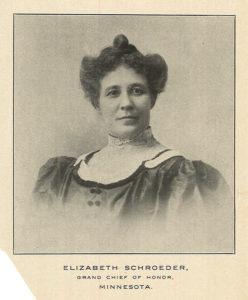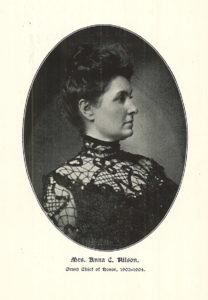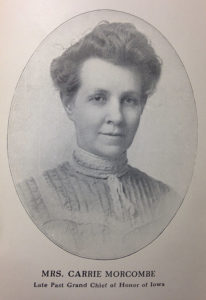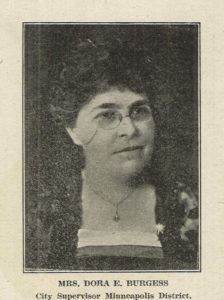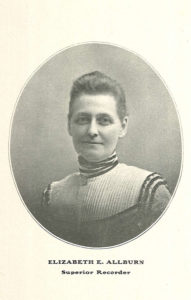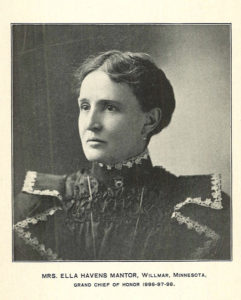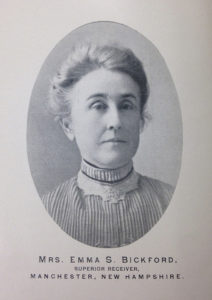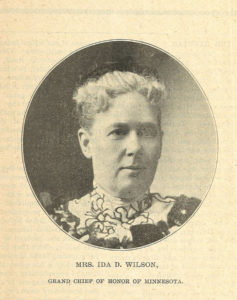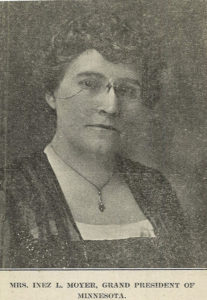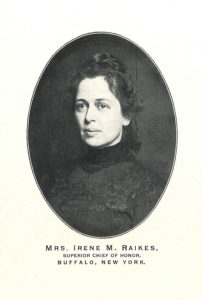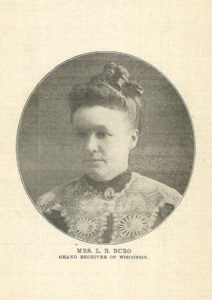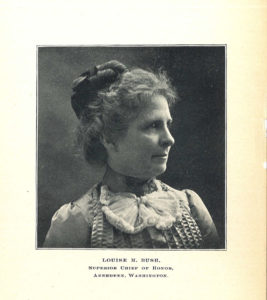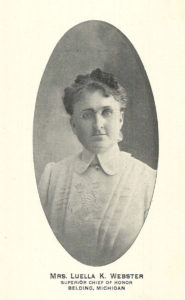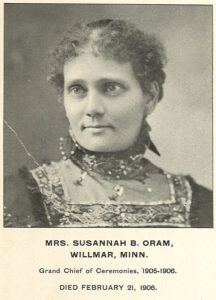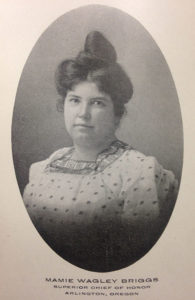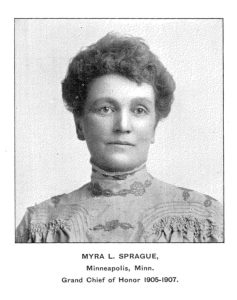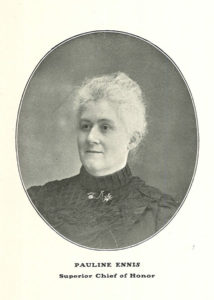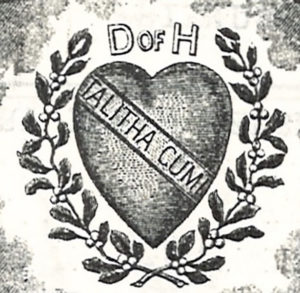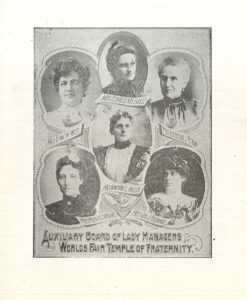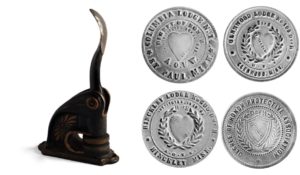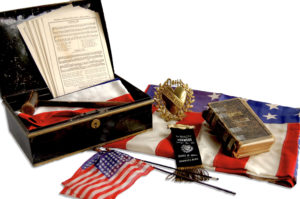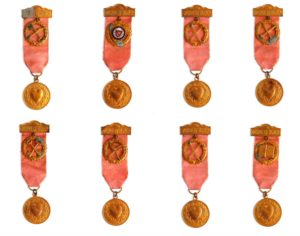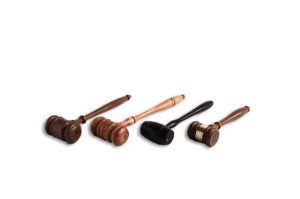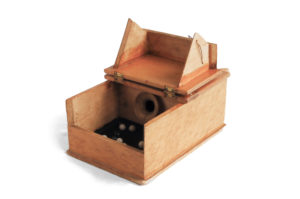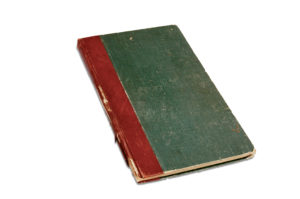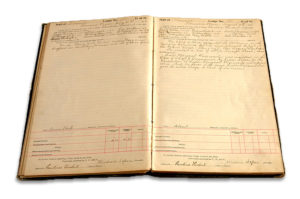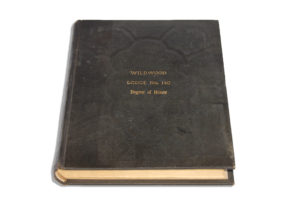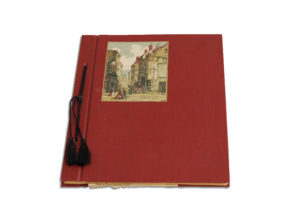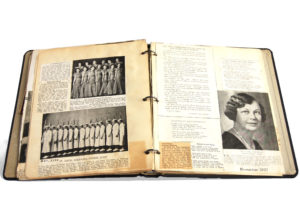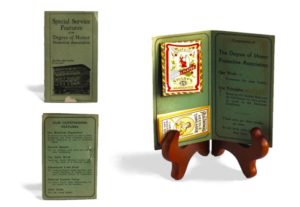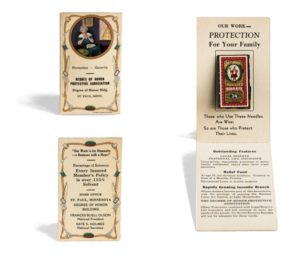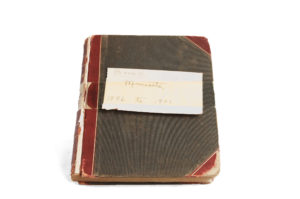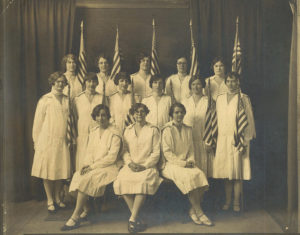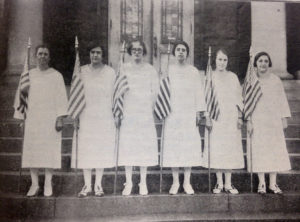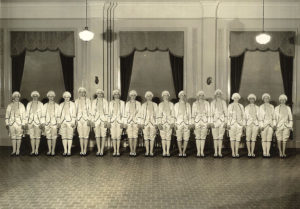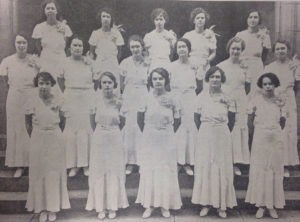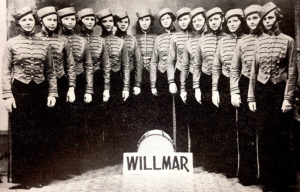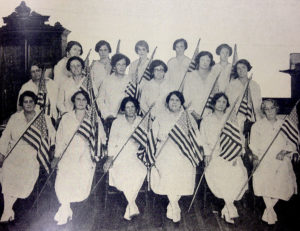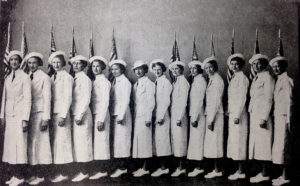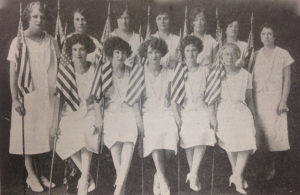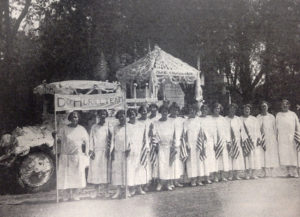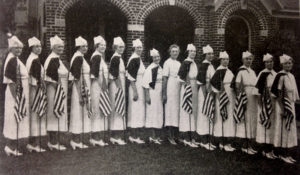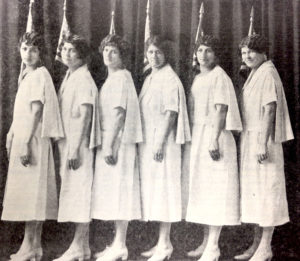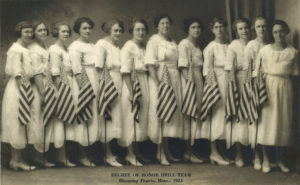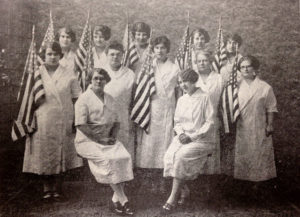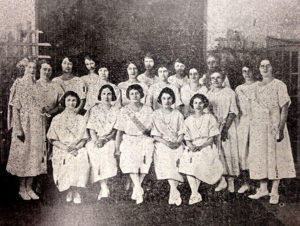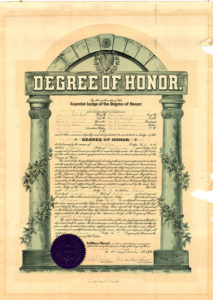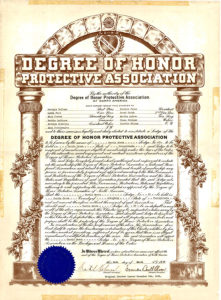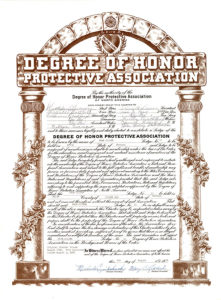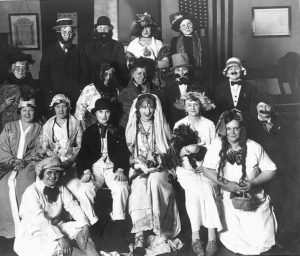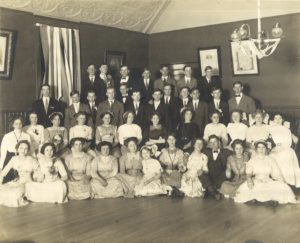For 144 years, Degree of Honor has found strength in its core conviction that protection is best found in community. At the heart of Degree of Honor’s central belief lies its lodge system – the local, state, and national patchwork of communities through which our members have found connection, kinship, and togetherness.
Founding Mothers
Degree of Honor’s history is singular among fraternal benefit societies.
Originally established as the ladies’ social branch of the world’s first fraternal benefit society, Degree of Honor was never intended to inspire much attention from the men who created it.
Soon after its founding, the women of this “honorary degree” found within it many things that so often escaped the daily lives of women in 19th century America: A voice; a place. The chance to excel and to lead; the ability to insure their own lives and protect their families’ futures.
Slowly, and from a flicker, our earliest leaders nursed their collective ambitions into an unprecedented blaze: By 1910, Degree of Honor made history by becoming the first — and only — female auxiliary to become independent from its male, parent order, the AOUW.
By the 1950s, Degree of Honor would make further history as it witnessed the AOUW’s dissolution.
These few images, dating from the 1890s and early 1900s, are virtually all that remains of some of Degree of Honor’s earliest leaders. We honor these women, whose impact on Degree of Honor is indelible.
Emblem & Official Seals
The Degree of Honor emblem has two main components: A heart that reads “Talitha Cumi,” and a wreath of mistletoe ornamented with three berries that symbolize Degree of Honor’s watchwords of constancy, honor, and purity.
The heart with the inscription “Talitha Cumi” was designed by MW Sackett, the Supreme Recorder of the AOUW. The wreath of Mistletoe was designed by past Superior Chief of Honor Ginevra L. Miller.
Each lodge owned an official seal, which was affixed to all official documents and papers issued by the lodge. Impressions of the seals were required to be deposited in the office of the Grand Secretary or National Secretary.
Lodge Ritual
For many who are unfamiliar with fraternal benefit societies, their reputation for ritualistic practices may seem peculiar.
Most are surprised to learn that the ritual work of fraternal benefit societies was employed for very straightforward reasons: First, to enable members to make themselves known to each other; second, to ensure consistency between lodges; and third, to impart the values of a society.
While a few remaining Degree of Honor lodges continue to use traditional rituals today, many lodges have been replaced by Service Clubs, a more modern manifestation of fraternalism. Service Clubs place less emphasis on rituals, and focus more on acts of community service.
Staffs
The Degree of Honor ritual handbook allowed for several “staffs” –a dedicated group of lodge members who assisted the lodge officers with rituals. Escort Staffs, Degree Staffs, and Banner Staffs were a mainstay of Degree of Honor lodge life.
According to the ritual handbook, staffs were comprised of anywhere between 4 and 16 lodge members. Staff members were responsible for mastering and conducting initiation and special ceremonies.
Though specifics varied widely between lodges, staffs typically carried American flags during their ceremonies, and wore red and white uniforms reflective of Degree of Honor’s official colors.
Charters
Whenever a new Degree of Honor lodge was established, an official charter was drawn up by the National President and hung in the hall where Degree of Honor lodge meetings took place.
Charters included the name of the lodge and its founding members, the lodge location, and its date of incorporation.
The original design for the Degree of Honor Charter was developed by the Grand Lodge of Indiana, and formally adopted in 1875 by the Supreme Lodge of the AOUW.

